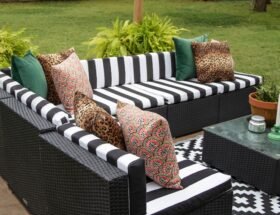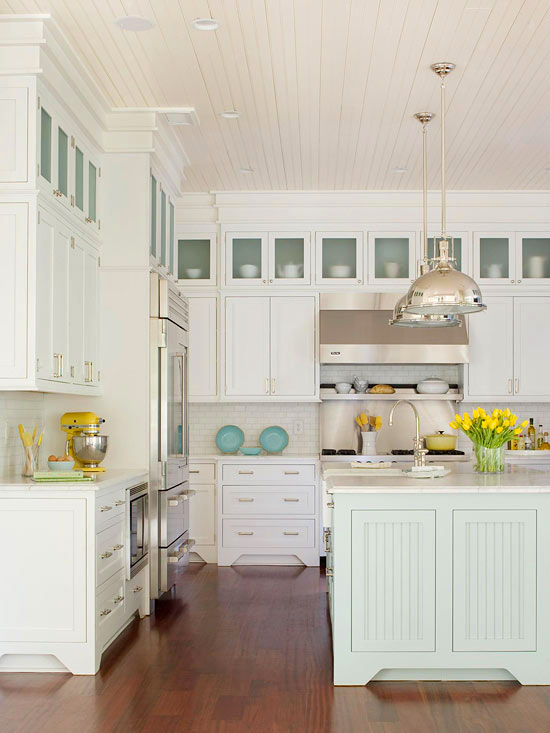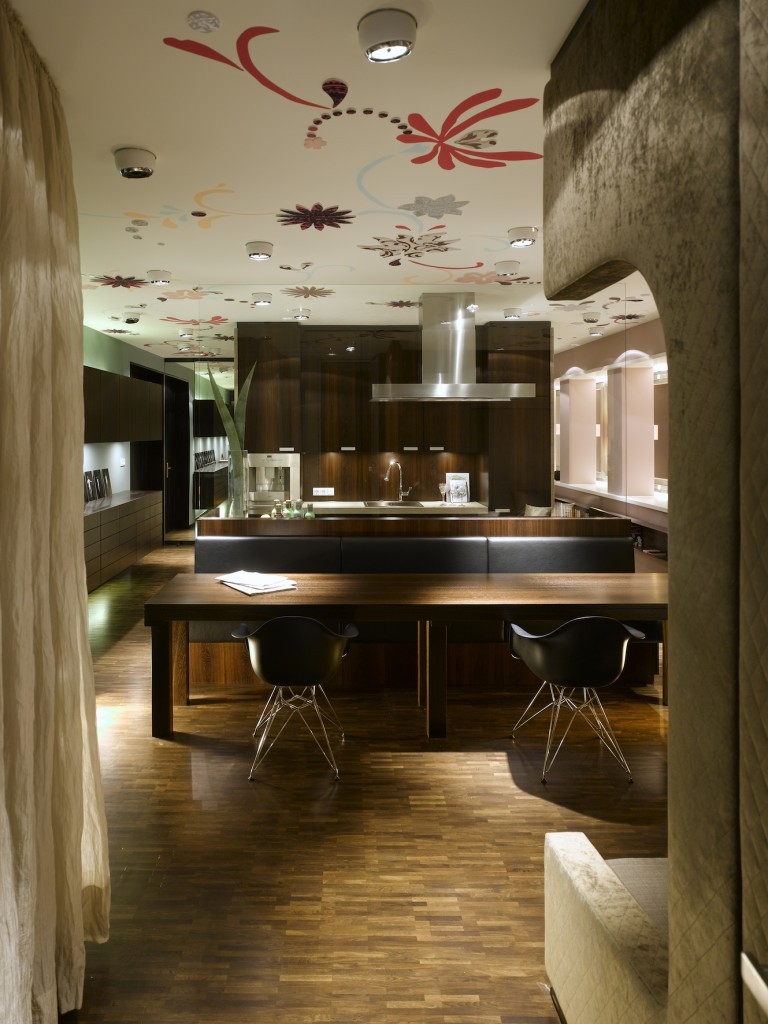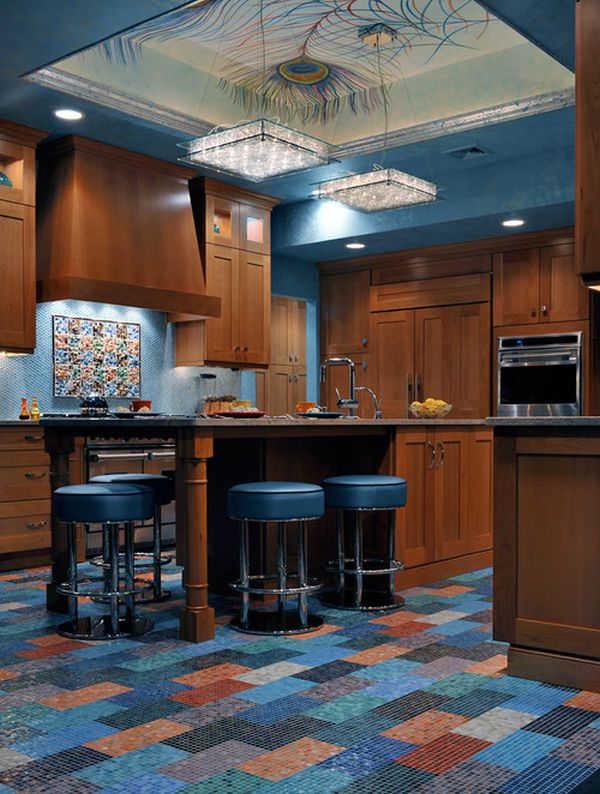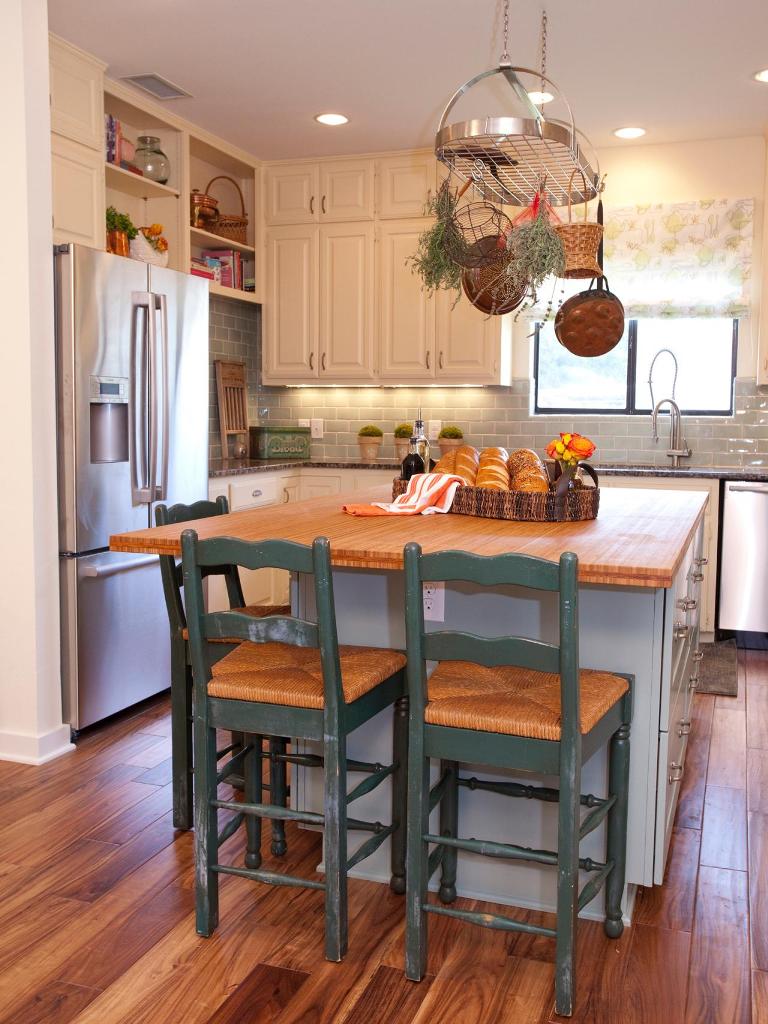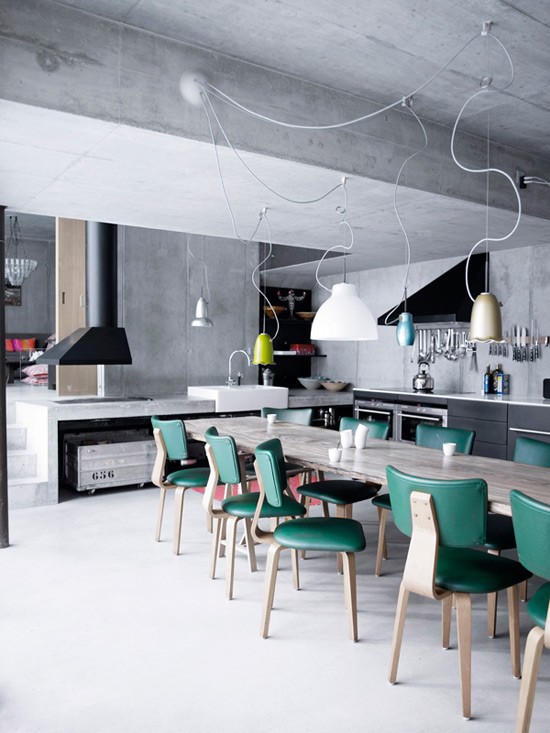There are multiple ways to decorate a house, from the most classic to the most modern and bold, and the choice must reflect not only the taste but also the personality of the decorator. Discover 10 irresistible decor styles that you should use at home and beautify it to your liking.

1. CLASSIC DECORATION

The classic decor has never gone out of style and is a style that, if followed with good taste, will bring an undeniable charm to any home. The classic style in the interior decoration is characterized by the inclusion of refined elegance and richness of details. Noble materials (oak, cherry and beech wood, porcelain and crystals, bronzes and finely embroidered fabrics, silks and velvets), large spaces with well-worked and ornamented structures (ceilings, walls and baseboards) are part of the classic decoration.
The architecture of the house itself should have elegant lines and high ceilings in order to harmoniously accommodate the classic-style furniture, which is almost always tall, sumptuous and elegant. Color is another very important element in classical style decoration , sober and solid colors such as brown, dark blue, black, red and green are the most recommended. To soften the dark environment, golden, beige, cream, bronze and white can be used in balanced amounts.
Curtains, lamps, rugs, pillows, mirror frames, pictures, knobs and other decorative objects need to be chosen in harmony in color and shape with the rest of the sober scenery. The details are highly valued, but care must be taken to avoid the temptation to exaggerate, which could detract from the classic style.
2. MODERN STYLE

Appeared in the beginning of the century. XX and came to bring a breath of simplicity and functionality to homes of that time. It values new materials with strong, strong lines and minimalist furniture. The artistic expression and textures are neglected in favor of the practicality of the decoration and the colors are preferably white and light. Everything is designed thinking about how functional it can be.
It adopts furniture with straight lines, without ornaments or worked shapes. It does not attach importance to decorative objects, but rather emphasizes the quality of the elements included in the decoration. Lighting is essential and natural and artificial light are priority, making use of windows, skylights and lamps that play a leading role indoors.
3. CONTEMPORARY STYLE

It appeared in the mid 70s and despite having many similarities with the modern style, it is less rigid and incorporates other styles. This decorative style bets on colors, emphasizes smooth lines but with touches of art, while maintaining a stripped look, which distances it from baroque or classic. As in the modern style, the furniture is generally very practical and functional.
Light is also highly valued and the aim is always to enhance the natural light of each house, as well as to enhance artificial light and its effects on the decoration. In the contemporary style, brown, grey, dark blue, black and white colors are very much contemplated. The presence of red, orange and green in contemporary decor definitely makes the separation between the two styles (modern and contemporary), since in the modern style only white colors or light tones are used.
4. CASUAL CHIC STYLE

It retains the charm and elegant magic of older houses, but at the same time includes modern-day details. The casual chic style is an incentive to enjoy life and the comfort of home in a peaceful and happy way. The colors are neutral, the pillows are numerous, the sofas are comfortable and spacious, the fabrics are soft to the touch and to the eye.
There is a preference for wooden furniture, in light tones. The curtains are light and in flowery or very patterned fabrics. Everywhere the illusion of being in a setting where everything was handcrafted is created. The most important thing in casual chic decorating style is that the personality of the homeowner shines through in each object. The rules regarding decorative objects are therefore non-existent, allowing the use and abuse of anything that gives the decorator greater pleasure.
5. RUSTIC STYLE

The rustic-style decoration allows us to escape the urban stress of everyday life and allows a little of the countryside to reach our homes. It provides a warm and very cozy atmosphere, mixing the old with the modern. The secret is to mix perfectly modern decor pieces with rustic-looking objects that will contribute to the country feel inside the house.
Much more than valuing objects, the rustic style enhances the finishes, giving them a leading role in the entire decoration. Exposed stones and beams, rough wood with touches of imperfection, a combination of different types of wood, different textures and varied tones in the same setting are what characterizes the rustic style. The style of the objects and furniture is greatly enhanced by the exposure of their apparent imperfections.
The ideal colors for this type of decoration are pastels, soft earth tones, and all light tones. Decorative objects have a strong primacy and special attention should be paid to baskets, paintings, ceramics, frames, lamps, benches, etc.
6. MINIMALIST STYLE

Achieving balance by eliminating the superfluous is the motto of minimalist decor. In this type of decoration, only what is essential can be used, although good taste and the notion of beauty are not neglected. The decor is careful, although functional, and those who think to achieve a minimalist decor through bare walls and empty rooms are wrong.
The essence of this type of decoration is good organization, which dictates that each object must be efficiently stored when it is not needed. In the minimalist decoration, all the natural and artificial light resources that the house offers are intelligently used, opting to keep the environment bright and well lit. In the colors there is the primacy of white, black and grey, as well as some other neutral tone colors.
The architecture of the house itself must be oriented in order to enhance natural light as a way to enhance the scenery. The furniture is in straight lines, neutral tones and with as few accessories as possible. Blinds in the same tone as the walls, rugs that harmoniously match the tone of the walls are other very common features in minimalist decor.
Few decorative objects placed in strategic places, not to fill the space indiscriminately, but to complete it, are the indispensable finishing touches for the minimalist decoration. Frames, vases, clocks and books are admissible, but only in a very limited quantity and always with a view to complementing the decoration, and never as a decoration per se.
7. ROMANTIC STYLE

As the name implies, the romantic-style decor is soft, elegant and delicate. It is by no means an exclusively feminine decoration, nor is it reserved for teenage girls who dream of prince charming. The romantic style decor is followed and chosen by many people all over the world and gives the houses an incredibly beautiful and unreal environment.
Inspired by the classic style, the romantic decoration introduced lighter tones, flowery, white and pastel colors into the decor. This decoration adopted patterns, flourishes and accents of strong colors (red, yellow or blue) as a way to create a contrast between old and modern. Antique but restored furniture in dark and golden tones or completely white make the hallmark of the romantic style.
Beige and colored tones, frills and lace, flowers, stripes and plaids constitute the romantic style of interior decoration. The imposing decoration of the bedrooms in a romantic style is one of the highlights of this decoration. Huge, tall, four-poster beds, richly embroidered and woven bedspreads and pillows, floral arrangements and mirrors are the final touches in this decor where the feeling of love reigns.
8. INDUSTRIAL STYLE

Originating in New York in the 50s and 70s, the industrial style is a functional and elegant response to the increasingly smaller dimensions of houses and apartments. Due to the lack of accommodation and the increase in demand for a house, the feasibility of renting sheds and warehouses until then destined to factories and warehouses began to be considered, and that started to serve as housing for several people.
The walls were seen as something superfluous in industrial decoration, and we often see large spaces inside the house, without any wall dividing the different living spaces. Priority is given to integrated environments where functionality is maximized. The industrial style is characterized by everything that reminds us of factories, warehouses and other industrial facilities.
In this style, it is common to see walls with outside piping, external pipes and electrical installations on the surface. Unpainted walls, outside bricks, beams and exposed beams are very common in industrial decoration. The color is allowed as long as it is used sparingly and preferably to bring out the accent between the cement and the gray of the decoration. All brick walls, stairs, shelves, counters and other objects are widely used in this type of decoration.
Shelves are used as if they were dividing walls and simultaneously function as storage furniture. The industrial style has some affinities with the minimalist style and uses the concept of recycling a lot. Recycling to help the planet is the motto of industrial decorators, and the more furniture is recycled, the better. Atwooden pallets are a glaring example of industrial-style recycling. You can see wooden pallets making furniture, working as chairs or sofas, etc.
The importance of light is crucial so that the environment does not become a dark and suffocating scene. White lights or the use of different light spots around the house is something that cannot be neglected. All light diffusing objects must be elegant and modern in design. Graffiti is part of the industrial style and it is not uncommon to see houses decorated in this style with one or more walls entirely decorated with graffiti.
9. RETRO STYLE

The retro style is inspired by the old and recreates today what was fashionable in the past (boxes, packaging, labels, etc). It’s like reading a very old book, but using instruments from the present. The retro style reconciles objects identical to those that existed in the past, with other absolutely contemporary items without harming the sense of nostalgia and comfort inherent in the images of yesteryear.
There is a harmonious relationship between what was and what is now, past and present recreated side by side, and that is why retro decor does not equate to outdated or outdated decor. Some manufacturers of coverings, furniture and appliances are committed to making modern items that recall the typical objects of the 50s, 60s and 70s, constituting a precious source of resources for decorators passionate about retro style. Bold and innovative without ever forgetting the past, renovating the house is what characterizes the retro style.
10. VINTAGE STYLE

The vintage style as opposed to the retro style does not recreate objects similar to those of the past, but in fact refers to something that is old and of good quality. From the 1920s to the 1970s, it is possible to achieve a decor style inspired by the golden years of classical times, making use of truly antique, delicate and romantic objects, restored and/or in very good condition.
It’s the “old-fashioned” style that literally brings the old back into our homes. Rejuvenating environments using colors and shapes from years gone by in a charming and unostentatious way is the challenge of vintage style. In this style, it is possible to reconcile really old decorative objects with other completely current ones, creating an effect of daring and rebellion that helps to spread the vintage style to a growing number of fans.
This style does not only span a decade or two, it spans several different decades with its own specific styles that appear thus blended into the vintage with an inexplicable grace and elegance. Although some vintage objects can fetch truly astronomical prices, it doesn’t take a lot of money to get a very interesting decoration, all you need is good taste and common sense in combining objects from different periods.
It should insist on dull and neutral tones (antique pink, white and gold) and on classic and rounded shapes. Second-hand stores, auctions, antique shops, grandparents’ or other elderly people’s homes are the main sources of supply for vintage decor. Cages, bicycles, old radios, clocks, lamps, embroidery and the like are some of the many items that can be used in vintage decoration.
There are many other styles of interior decoration that can be used at home, all depending on personal taste, the architecture of the house and the financial availability of the decorator. The decoration of a house reflects the personality of those who live there, and constitutes the setting in which domestic life will take place for a considerable period of time. That’s why you have to think carefully about the type of decoration you want and work hard to obtain a warm and comfortable environment.





